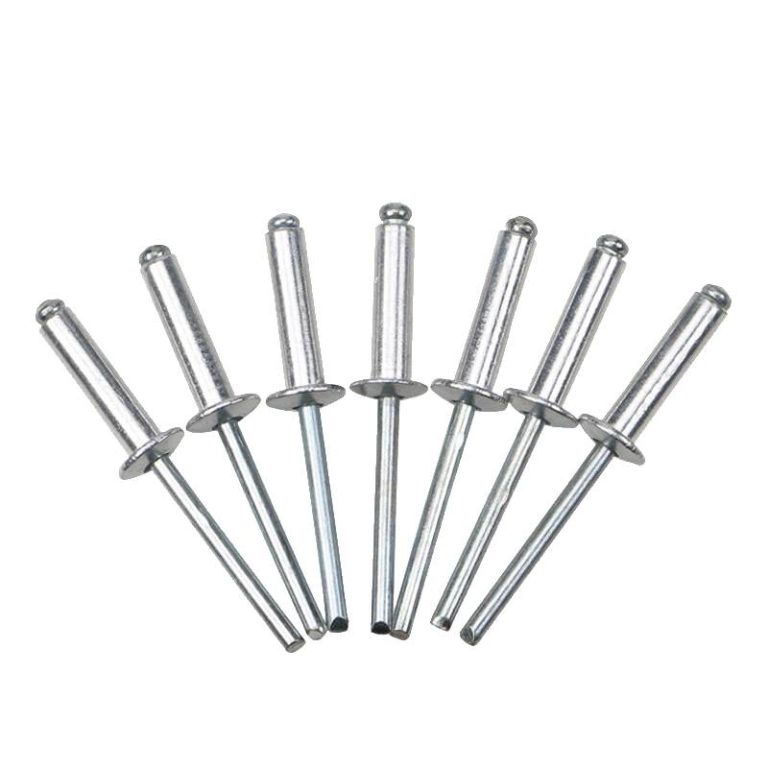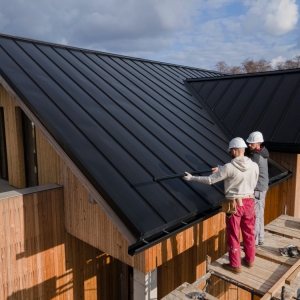Pop rivets, also known as blind rivets, stand as versatile fasteners widely employed across various industries for their ease of installation and dependable performance in joining diverse materials. Understanding the applications and characteristics of different types of pop rivets is imperative for selecting the optimal fastening solution tailored to specific needs.

Applications and Types of Pop Rivets
Dome Head Rivets: These rivets boast a rounded, domed head, offering a tidy and polished appearance. Ideal for joining metal, plastic, or composite materials in applications such as automotive, construction, and fabrication projects.
Countersunk Head Rivets: Featuring a flat head that sits flush with the material surface upon installation, these rivets are favored in sheet metal applications where a seamless finish is essential. Commonly utilized in automotive body panels, aircraft panels, and interior design elements.
Large Flange Rivets: Characterized by a larger flange or head diameter, these rivets offer an increased load-bearing surface area, enhancing grip range and pull-through resistance. Widely deployed in structural steel, heavy machinery, and equipment assembly.
Multi-Grip Rivets: Tailored to accommodate a range of material thicknesses, these rivets feature multiple grooves along the rivet body, effectively gripping varying thicknesses. Ideal for applications such as HVAC systems, enclosures, and appliances where material thicknesses may vary.
Peel Rivets: Designed for single-sided joint access, these rivets feature a mandrel that splits into several legs upon pulling, creating a wide grip on the material. Frequently utilized in assembly of plastic components, electrical enclosures, and signage.

How Pop Rivets Can Be Used to Join Different Materials
Joining Metal: Drill holes through the metal pieces to be joined, insert the rivet from one side, place the rivet body against the surface, and use a rivet tool to pull the mandrel through, creating a secure joint.
Joining Plastic: Use plastic-friendly pop rivets with larger flanges or broader load-bearing surfaces to distribute the load evenly. Employ lower installation forces or slower pull speeds to minimize stress on the plastic.
Joining Composite Materials: Drill holes through the composite layers, insert the rivets, and install as with metal. Take care to prevent delamination or splintering by using appropriate drill bits and following guidelines of the pop rivet manufacturer.
Conclusion
In summary, pop rivets offer a versatile and reliable solution for joining different materials across various industries. Understanding the diverse types of pop rivets available, their applications, and the proper installation techniques is essential for achieving secure and dependable joints. For optimal results, always choose a reputable rivet manufacturer and adhere to recommended guidelines during installation.







